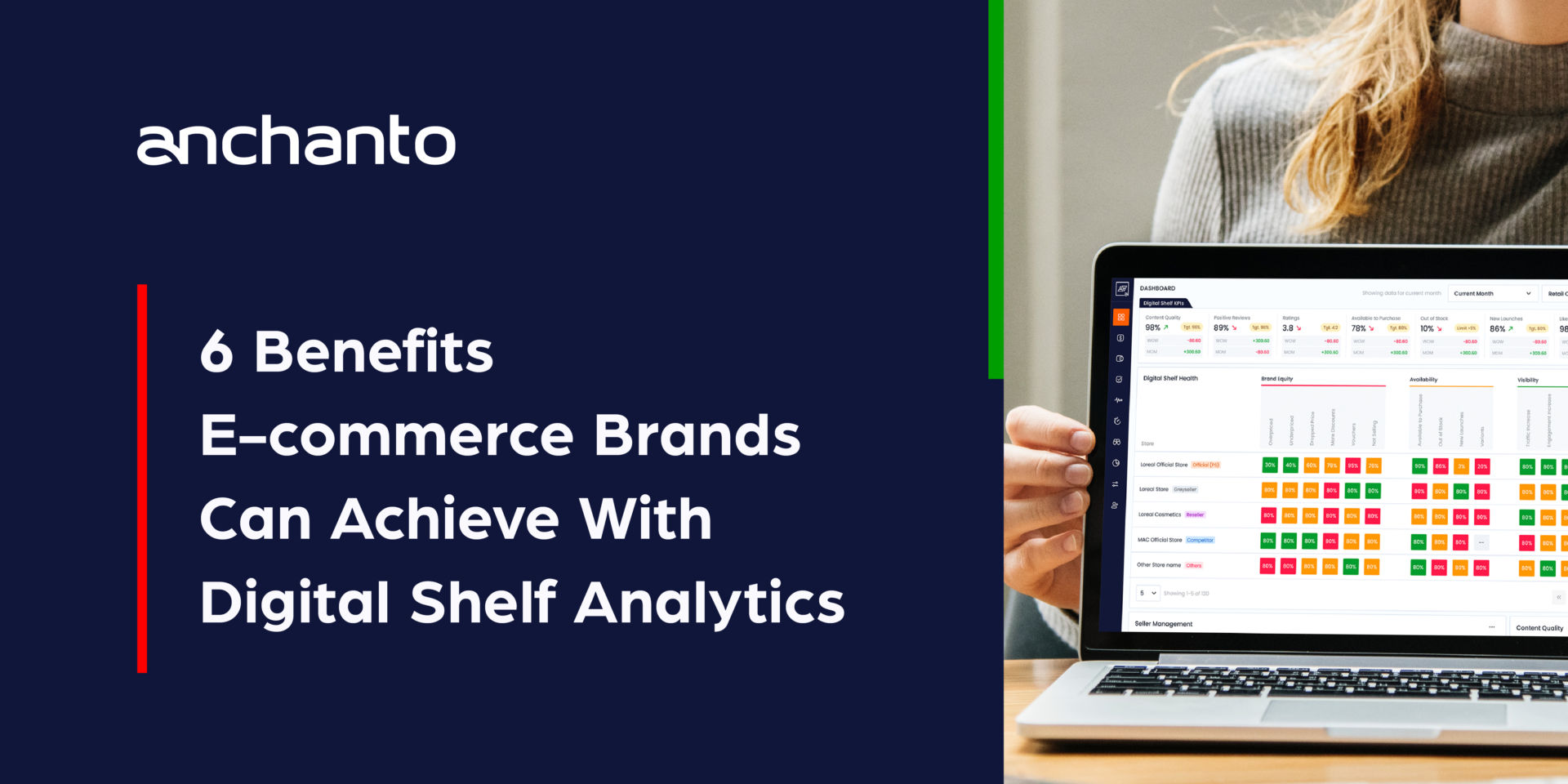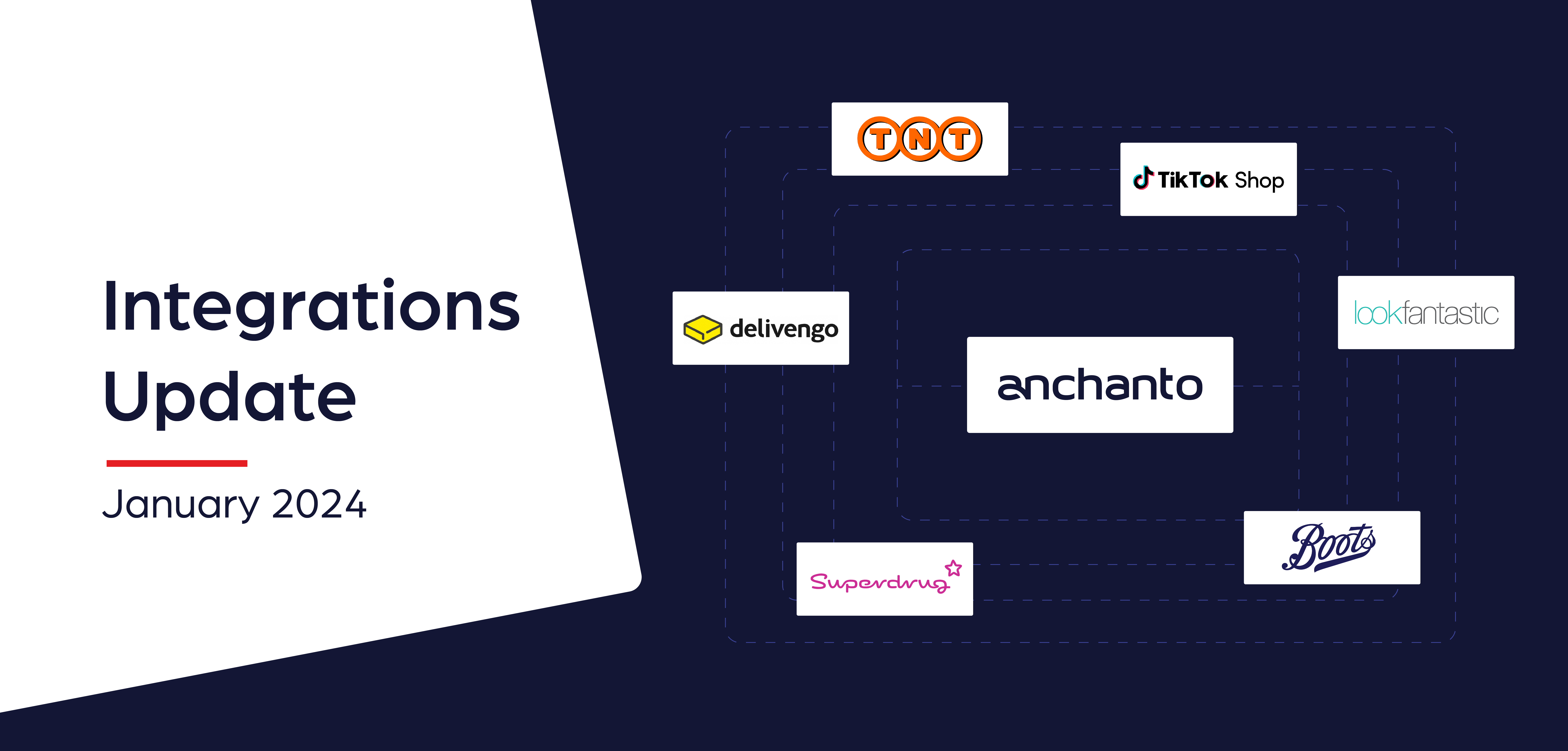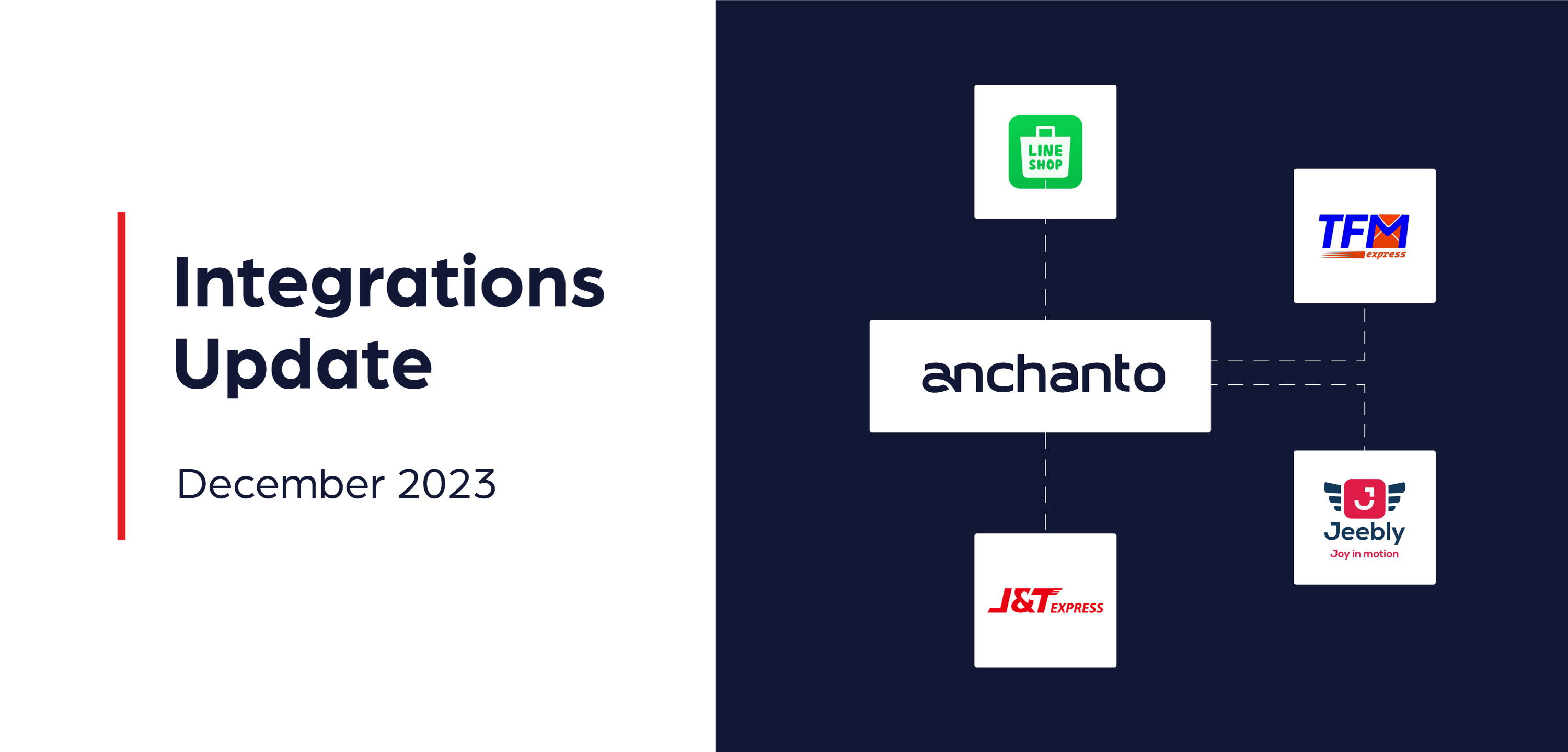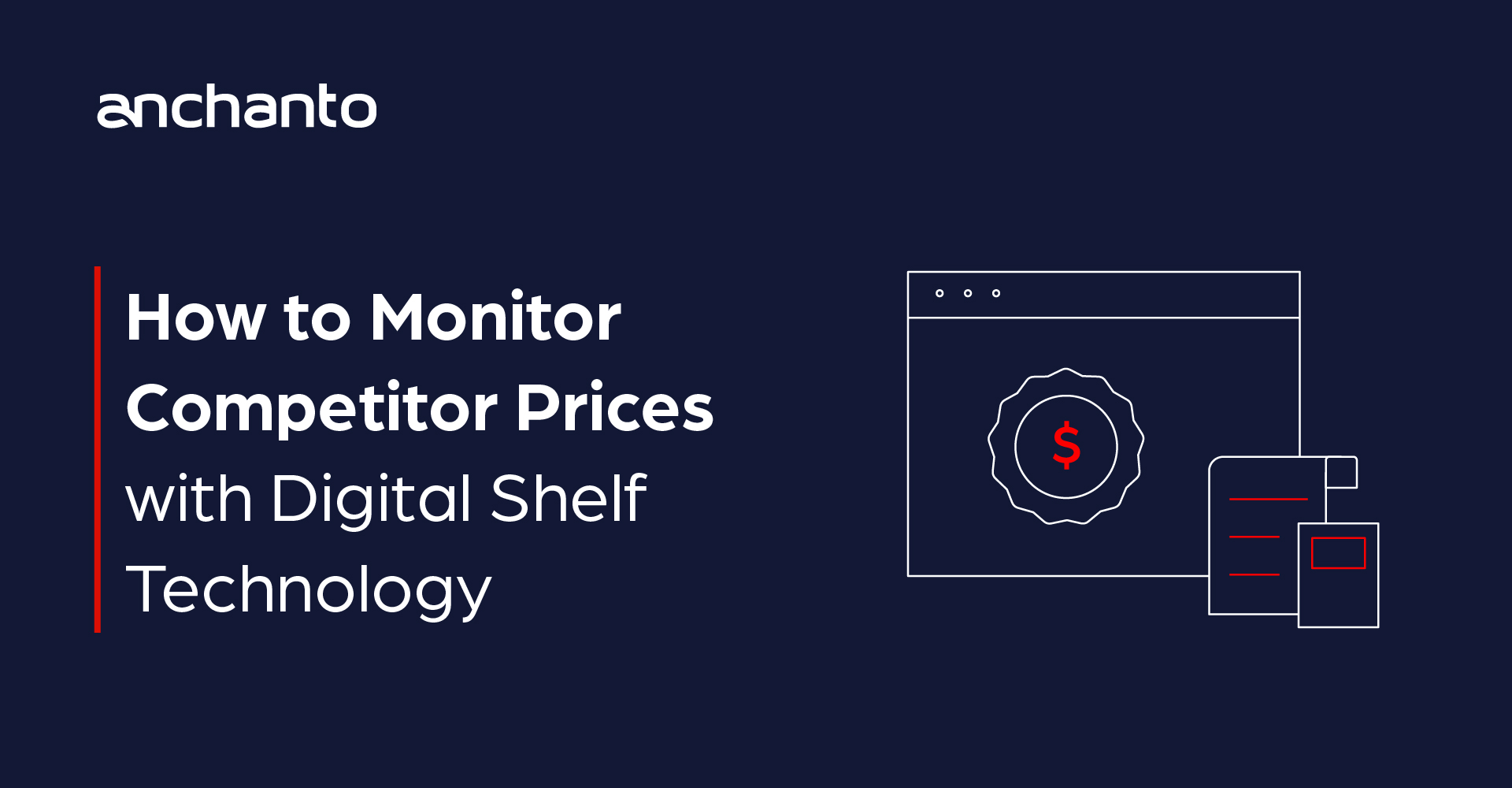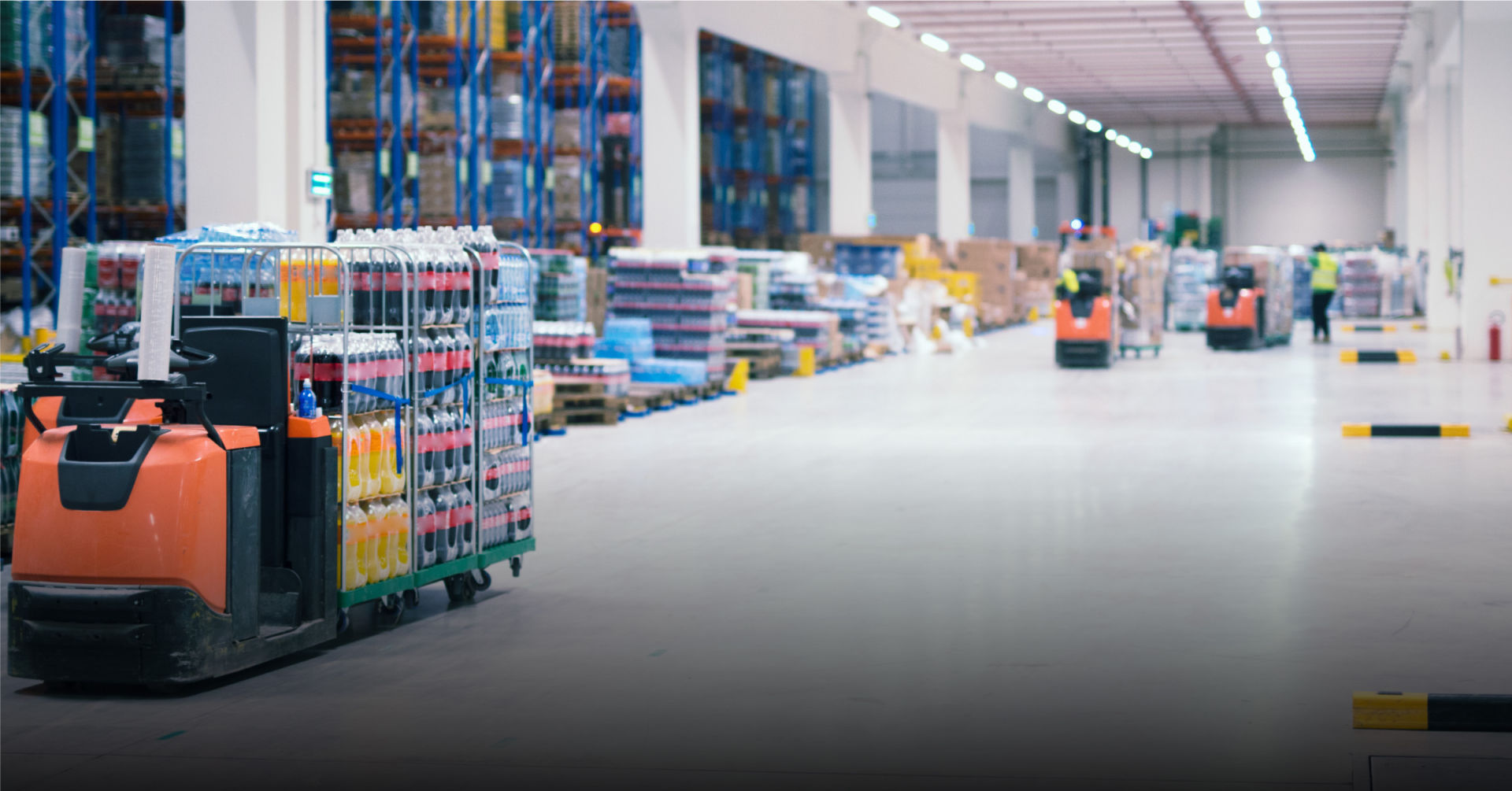
Digitizing 200+ Small Warehouses For Efficient E-commerce
This multinational consumer goods brand is the parent company of hundreds of household labels from edible goods to personal care and hygiene products. The FMCG brand was founded in 1929 and is headquartered in London. It has an extensive presence across the globe and is determined to prove that its purpose-led, future-fit business model delivers superior performance. To achieve its latest retail vision in the Philippines, the renowned brand is focused on digitizing its operations, particularly its distribution.
The multi-product FMCG company manages its inventory on a broad scale with huge 50,000 sq. ft. B2B warehouses. But it also has hundreds of smaller ones with third parties to facilitate product distribution directly to consumers. Across 8 countries in the Asian markets, the brand has 200+ small warehouses. As its smaller warehouse network continues to expand, the FMCG brand encountered challenges affecting e-commerce operations.
Challenges
1. Complicated systems
The small warehouses used by the mega-brand across the Philippines required a simple system that’s easy to implement and scale up quickly. At the same time, it needed a system with the bandwidth to support multiple operational processes. The systems used by the brand’s large warehouses managed bigger inventory volumes and involved a very heavy implementation and customizations were not simple.
2. Lack of order and inventory synchronization
Given the scale of operations and the number of warehouses the multinational brand had to manage, it was challenging to track inventory movement related to specific orders. And a WMS alone didn’t offer the brand’s distributors capabilities for this in the Philippines.
3. Low visibility over distribution
The FMCG company wanted to digitize its distribution network of 82 warehouses in the Philippines. But its distribution partners were using different inventory management systems. Some of these were outdated legacy platforms or offline systems lacking real-time connectivity to sales channels and overall inventory visibility. This resulted in low visibility and control over the brand’s supply chain in the country.
4. Loss of business with small retailers
It was also realized that the consumer brand was not engaging with small retailers, and this is where it was losing business. The brand wanted to engage with these businesses but managing smaller orders and inventory and a continuous connection between distributors and retailers required a stable technological infrastructure. Building this from the ground up was time-consuming and the several options they considered were too complicated or unsuitable for these requirements.
5. Delays due to manual processes
Across its 200+ warehouses, the multinational FMCG company receives huge B2B order volumes of 40,000+ per day. Sorting through these manually resulted in the problem of fulfillment delays.
Requirements
- An agile, easy-to-implement, and scalable SaaS WMS platform
- Integrations to track orders and inventory
- Full visibility of distribution functions
- Technology to undo operation bottlenecks
- Automation partner
Solutions

With the implementation of Anchanto Warehouse Management across its warehouses in the Philippines, the renowned brand was able to get a better hold of its distribution network and add new elements to its supply chain.
1. Implemented a customized WMS
The global brand was able to meet its need for a multi-country, multiwarehouse management system with the help of Anchanto Warehouse Management. The warehouse management platform is easy to implement but powerful enough to connect the 200+ warehouses of the FMCG company across the borders of 8 Asian countries it’s present in.
With Anchanto Warehouse Management, the global brand manages inventory for different online channels. The robust system helps to automate batch and expiry, manage temperature-controlled storage, track staff efficiency, simplify inbounding procedures, and more.
Anchanto Warehouse Management is also customizable, which was a big requirement of the brand. We introduced several unique capabilities to the product expanding its abilities and enhancing it to deliver the custom efficiency and precision requested.
2. Integrated with ERPs and software
The leading FMCG brand also implemented Anchanto Order Management to centralize orders and automate operations. Through powerful integrations with sales channels, ERPs, applications and software, the SaaS system enhances the company’s e-commerce ecosystem and improves backend operations like accounting and reconciliation. SAP and Magento were some of the systems the multinational company wanted to integrate with Anchanto Warehouse Management. Through our system’s pre-built integrations, the brand was able to achieve this and harmonize its distribution ecosystem.
3. Improved operation visibility and control
To obtain a solution that meets its needs, we sent a team to the brand’s warehouses in the Philippines to observe and understand the company’s operations, the bottlenecks, and where they needed the most help.
While this move showed the company that we are working in collaboration with it, not in isolation, it also helped convey to us the exact challenges. As a result, we offered an integrated solution allowing undisrupted visibility into the operations of its distribution network. We digitized its distributors with the combination of our OMS and WMS and offered the parent company better control and real-time performance insights.
4. Engaged with small retailers
The renowned FMCG company was able to serve smaller retailers by integrating the Anchanto Order Management and Anchanto Warehouse Management to gain visibility over its inventory and to appropriately create custom small orders for its new B2B partners. With this setup, the brand was also able to enforce distributors to fulfill small retailer orders.
5. Introduced automation
Given its need for an automation partner, we offered the multinational company a “Pick to Light” solution. It is a type of automation and sorting feature. We designed this solution with help from our partners and presented it. The company loved the idea and is currently working with us to take it further.
With the adoption of Anchanto’s simplified SaaS technology, the multinational consumer goods company was able to reduce its operational complications and gain more visibility into its third-party distribution network. This has helped to easily take on more partners for distribution to build its e-commerce efficiency in the Philippines.




